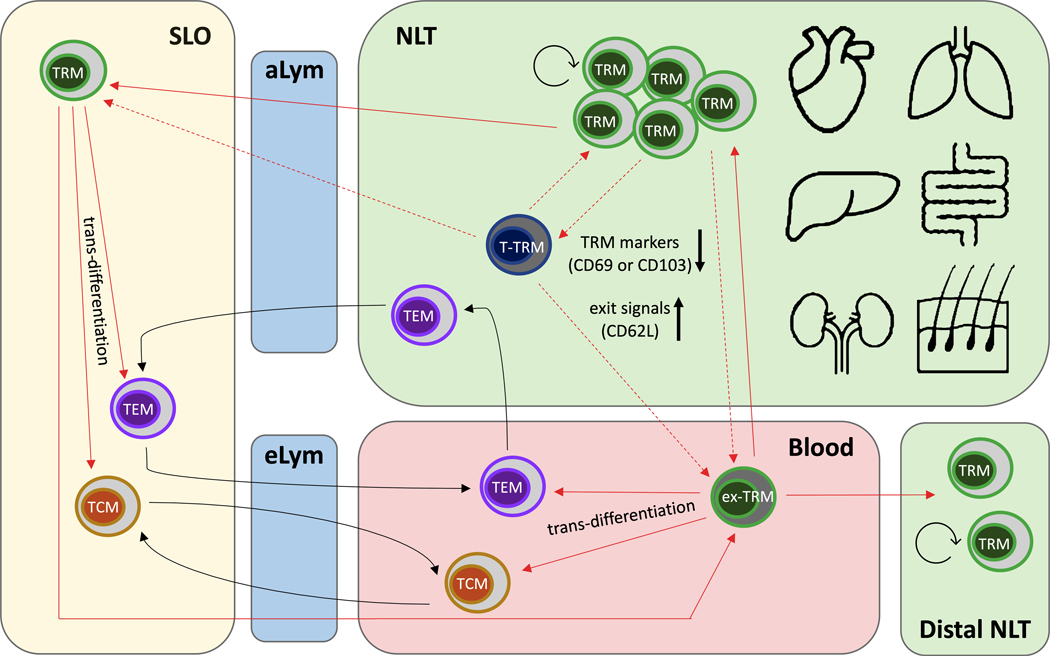Figure 1. Emerging re-circulating features of TRM in mice and humans.
Recent studies demonstrated that TRMs exhibit a significant level of developmental plasticity, being capable of tissue egress and re-entry into the circulation and SLOs in steady state and/or inflammatory conditions. Some TRMs in NLTs may enter into a transitioning stage (T-TRM) with Teff phenotypes before they egress the tissue to become circulating ex-TRMs or TRMs in SLOs. T-TRMs and ex-TRMs undergo changes in gene expression, such as downregulation of TRM markers (CD69 or CD103) and transient upregulation of exit signals (CD62L), compared to TRMs in NLTs. TRMs in circulation and SLOs can trans-differentiate to TCM and TEM. Circulating ex-TRMs retain a propensity to return to their tissue of origin and even populate distal NLT sites. aLym: afferent lymph. eLym: efferent lymph.

